|
pulau
hantu introduction | marine
life there
|
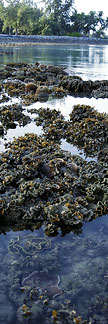 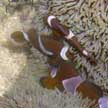 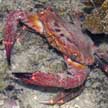
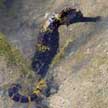 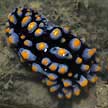 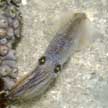 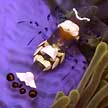 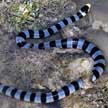 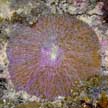 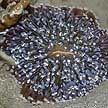
|
Pulau
Hantu 12ha, coral reefs, mangroves, seagrasses, sandy shores. Swimming, diving, camping. Uniquely Singapore! The reefs of Pulau Hantu are only half an hour from the city centre by fast boat! More about our city reefs. Legends of Pulau Hantu "Hantu" is the Malay word for ghost and Pulau Hantu is aptly named as "island of ghosts". It was here that ancient Malay warriors once dueled to the death and their ghosts is said to wander the isle. Today, however, the island is a peaceful and idyllic getaway. Complete with swaying palms, surrounded by white sands and rich reefs. There is even a tiny patch of mangroves. Double Ghosts Pulau Hantu is actually made up of two islets: Hantu Besar (Big Ghost) and Hantu Kecil (Little Ghost). Hantu Besar has two swimming lagoons and a public toilet with fresh water. Both islets have shelters and picnic areas. 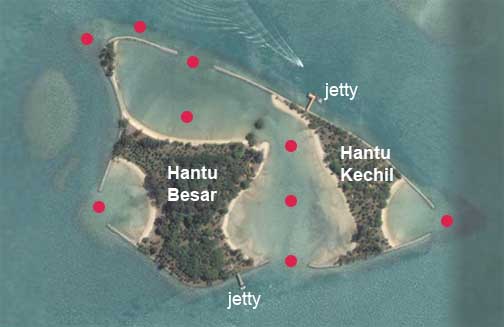
The current island is the result of massive reclamation. Pulau Hantu Besar used to be 2ha and P. Hantu Kechil 0.4ha, surrounded by fringing reefs with a common reef flat in between. Land reclamation from 1974-75 increased land area to 12.2ha using 400,000m3 of sand, leaving a narrow strip between rock bund and edge of the reef (about 20-30m). The original bit that stuck out above water at high tide is marked by untidy plant growth, near the restrooms. At low tide, it is possible to walk across the shallow lagoon between the two islands; but not at high tide. So be aware of the tides and make sure you are on the correct side when the tide comes in. What to see and do? Despite its forbidding name, Pulau Hantu is a favourite with fishing and snorkeling enthusiasts because of its sheltered beaches, swimming lagoons and inviting waters. It is also popular with campers and day-trippers who want a unique outdoor experience away from the hustle and bustle. Marine life of Pulau Hantu Hantu has rich reefs despite its close proximity to Pulau Bukom's refineries. The coral reefs lie outside the sea wall. Watch the tide to ensure you are not caught on the wrong side of the sea wall when the tide comes in. A wide variety of hard corals and soft corals can be found on Hantu; mushroom corals and enormous soft corals are particularly abundant. Commonly encountered animals include clown anemonefishes, anemone shrimps, giant clams and a wide variety of nudibranchs. The reefs around Hantu Besar is more extensive than those around Hantu Kecil. There is a small patch of mangroves in between Hantu Kecil and Besar, and native seashore plants line the beaches. What is the state of marine life on Pulau Hantu today? Webpages with photos of what you can see at Pulau Hantu right now. More photos of intertidal marine life on Hantu and dive photos from the Hantu blog. Diving Pula Hantu The Hantu Bloggers regularly dive at Pulau Hantu. Contact them for more information. Guided walks at Pulau Hantu Currently, there are no regular guided walks at Pulau Hantu. But if you are keen on organising one, you may try contacting these nature guides and nature groups to see if they can bring you there. More tips for visitors There are no regular ferries to Pulau Hantu. You can charter a fast work boat from West Coast Pier to take you there. Rates will have to be negotiated with the operator which depends on their availability and diesel prices among others. The work boats operate 24-hours and generally service business on Jurong Island and ships in our harbour. These boats are not intended for leisure trips and are not designed for comfort. You have to pass through Immigration Control at West Coast Pier to get to the boat. They only accept IC (Singaporeans) and passport with FIN card (foreigners). No other photo ID accepted. Kids need to bring their buscard. Admission to the island is free. Camping overnight requires a permit from Sentosa. There is no charge for the permit. More on the Sentosa website It is advisable to consult Sentosa if you are bringing large groups even if it's just a day trip. As Pulau Hantu is close to petrochemical installations at Pulau Bukom, access to it is sometimes affected by redirection of traffic due to work at Bukom. Facilities include: On both Hantu Kecil and Hantu Besar: jetty for each island, shelters and picnic areas. Two swimming lagoons on Hantu Besar. Toilets with fresh water, only at Hantu Besar. Hired boats usually dock at Hantu Besar. More about preparing for a trip to the shores More FAQs about visiting the shores How to take photos on the shores. |
| Links General information
Field
guides and references
|
|
|
